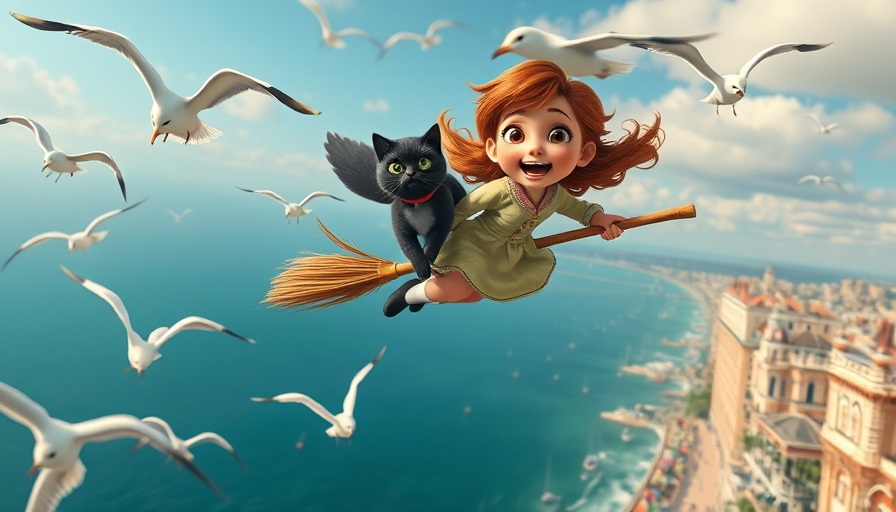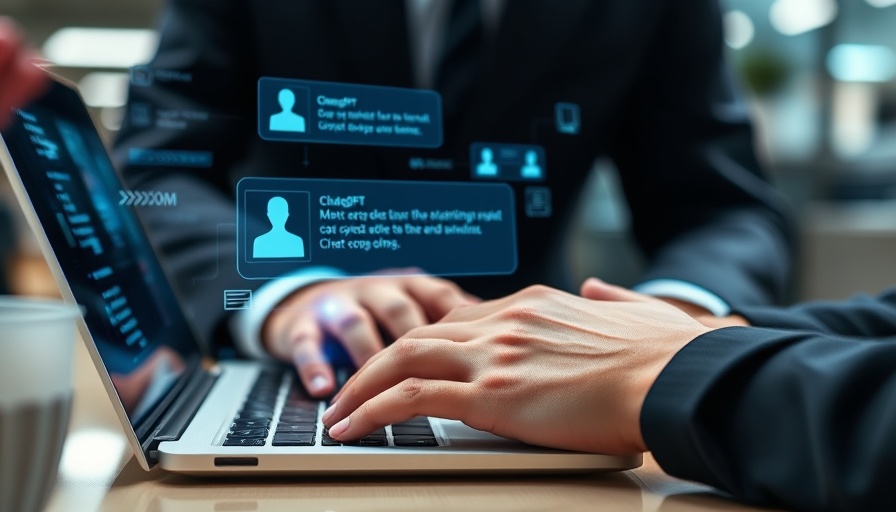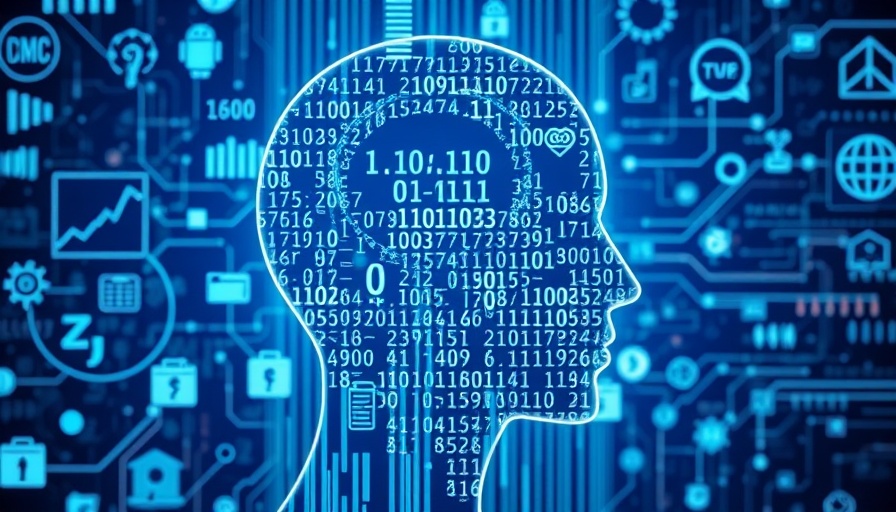
Introducing AI in Art: A Double-Edged Sword
In the wake of technological advancement, the emergence of AI-generated art has sparked captivating debates over its implications. The recent Studio Ghibli-themed image generator by ChatGPT is a case in point. As art aficionados and casual fans alike share AI-generated visuals across social media platforms, the conversation shifts from excitement to a crucial discourse on originality and authenticity in artistic expression.
The Allure of Ghibli Aesthetics
Studio Ghibli’s films are cherished for their enchanting worlds, intricate storytelling, and vibrant visuals—a synthesis that resonates deeply with audiences. The pastel skies and ethereal landscapes evoke nostalgia and imagination. It's no wonder that the AI's capability to replicate such aesthetics draws so much attention online. However, while the technology might mimic these beloved visuals, it cannot encapsulate the soul, cultural significance, and the unique craftsmanship that goes into creating each frame. This raises a provocative question: can something generated by AI truly honor the essence of Ghibli?
Art vs. Automation: The Ethical Debate
As businesses and individuals harness AI's creative potential, it's essential to examine the ethical ramifications. Critics argue that flooding the market with AI-generated art dilutes genuine artistic contributions. Would this machine-led creativity overshadow human talent, or simply coexist as a new genre? For CEOs and marketers, this dilemma necessitates critical analysis—balancing innovation with respect for original creators. Ensuring that the integration of AI in creative industries promotes a healthy dialogue on artistic integrity is vital.
Understanding the Technology Behind AI Art
The technology behind AI art generation, like that used in the ChatGPT Ghibli generator, relies on deep learning algorithms to analyze and replicate styles. While the results can be visually stunning, they initiate a conversation about ownership and intellectual property. Can AI truly claim inspiration from artists without infringing on their original work? It is imperative for business leaders to keep abreast of these issues, as understanding the nuances of AI can guide strategic decisions in marketing and innovation.
The Future of AI in Creative Industries: Opportunities and Risks
Investing in AI technologies presents potential opportunities for the creative sector. However, it also ushers in significant risks. The growing usage of AI for creating content raises apprehensions about market saturation and diminished value for genuine artistry. Moving forward, industries must navigate these waters with discernment, harnessing the benefits of AI while fostering a culture that values authentic creativity.
Audience Response: Why It Matters
For many long-time Studio Ghibli fans and those in the professional sphere, the proliferation of AI-generated content could elicit a sense of disillusionment with the artistry they hold dear. Yet, it also presents a learning opportunity about emerging tools and their impact on traditional crafts. Recognizing how AI affects audience perception of art can empower business leaders to innovate responsibly, embracing technology while honoring artistic traditions.
Embracing Innovation Responsibly
The arrival of AI in artistic fields invites both excitement and scrutiny. As CEOs and marketers, staying informed about AI trends is essential, ensuring your companies engage in ethical practices. The narrative surrounding AI is not just about technology; it’s about the stories we choose to tell and the values we uphold. Leveraging AI must involve a commitment to respect for human creativity, ensuring it enriches rather than detracts from our artistic heritage.
In conclusion, as AI technologies continue to evolve, fostering conversations about their ethical implications and societal impacts becomes a paramount responsibility for leaders in tech-driven sectors. The quest for innovation must be aligned with a commitment to authenticity. If you’re intrigued by the dynamics of AI and its implications for creativity in your industry, now is the time to engage in meaningful discussions, explore collaborations, and promote an ethical approach to innovation that values both technology and artistry.
 Add Row
Add Row  Add
Add 




 Add Row
Add Row  Add
Add 

Write A Comment